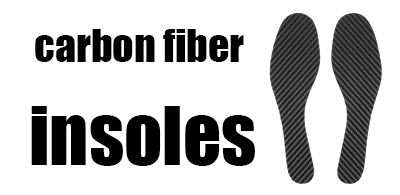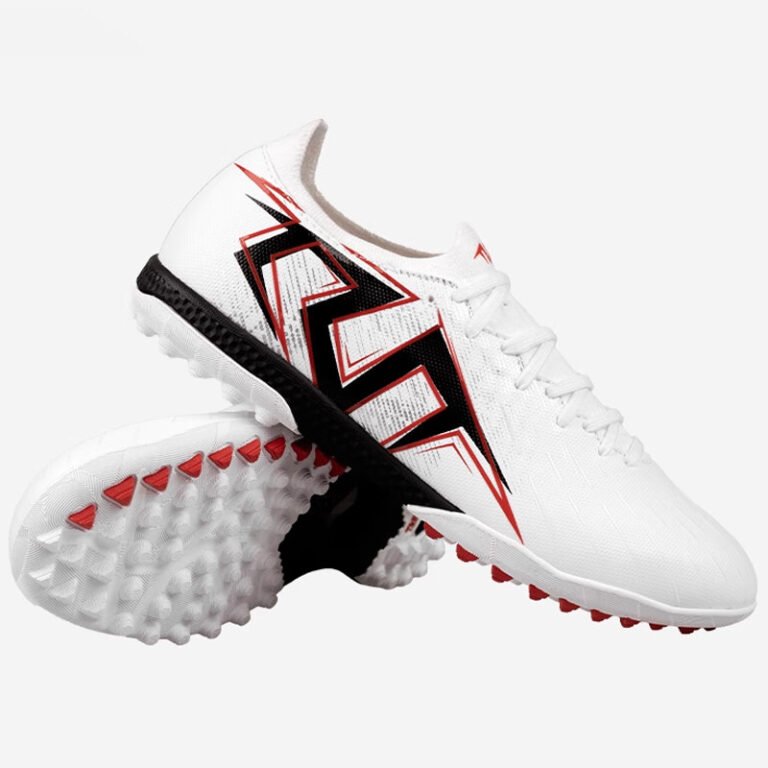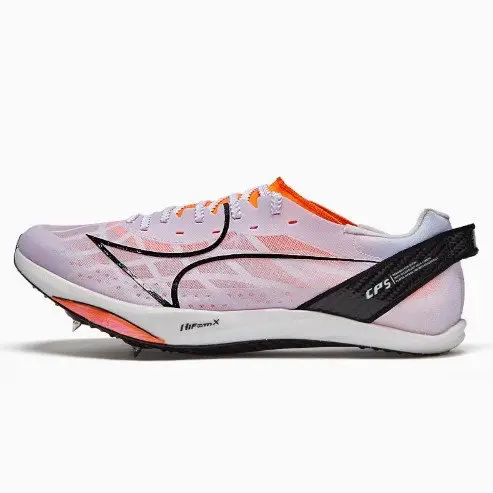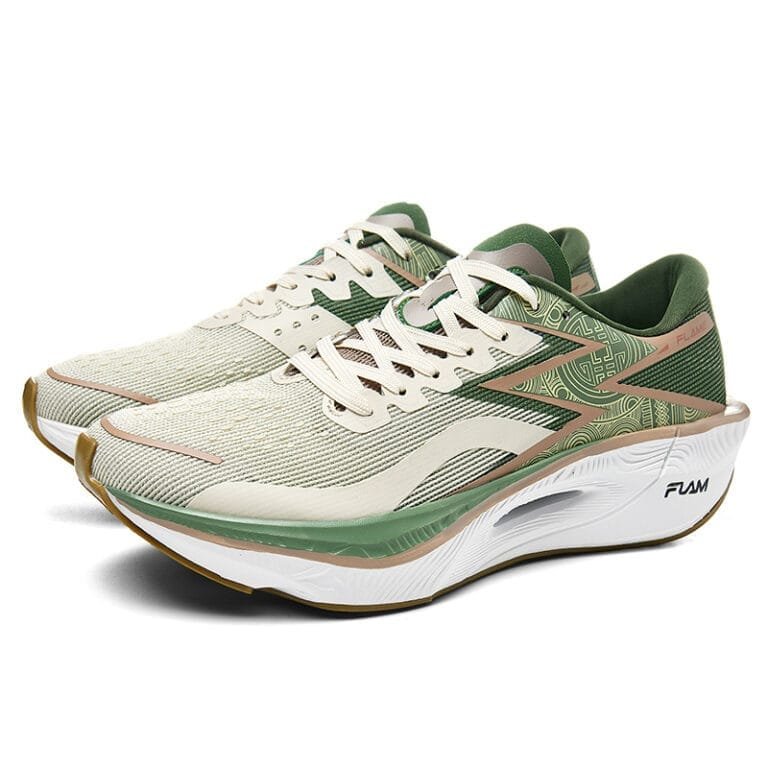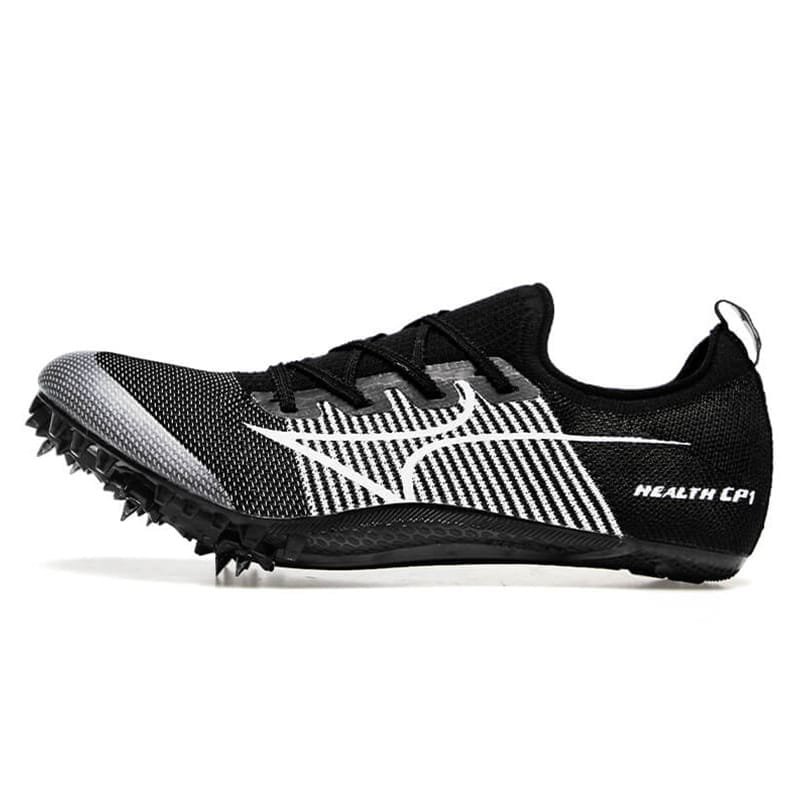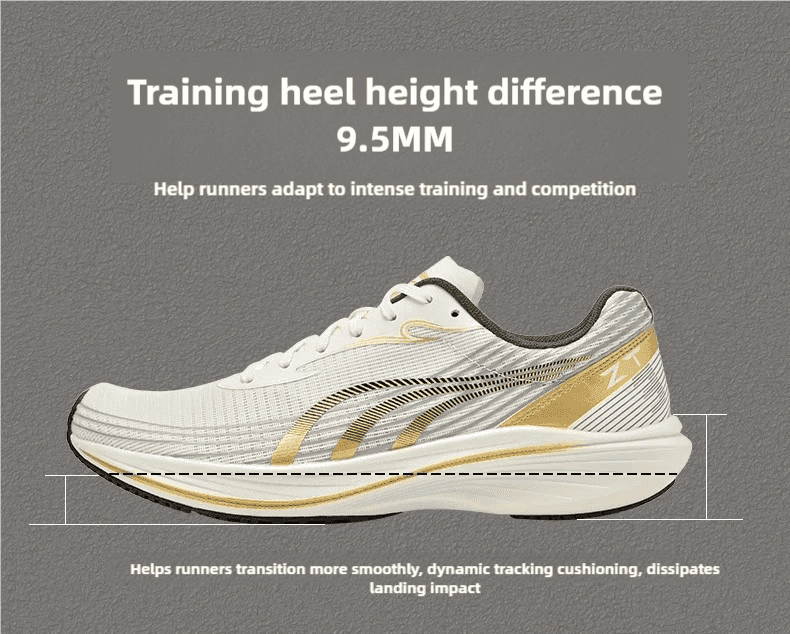Discover the ideal footwear for explosive speed in 100-meter sprints. Compare spike shoes, track and field shoes, and carbon plate running shoes to optimize performance. Learn why elite athletes prioritize grip, power, and lightweight design.
-
- Select options This product has multiple variants. The options may be chosen on the product page
-
- Select options This product has multiple variants. The options may be chosen on the product page
-
- Select options This product has multiple variants. The options may be chosen on the product page
-
- Select options This product has multiple variants. The options may be chosen on the product page
Introduction
The 100-meter sprint is all about explosive power, rapid acceleration, and flawless technique. While training and genetics play critical roles, the right footwear can make the difference between a podium finish and a near miss. But what type of shoe delivers peak performance for this ultra-short, high-intensity race? This guide breaks down the pros and cons of spike shoes, track and field shoes, and even carbon plate running shoes, helping sprinters choose the perfect pair for their needs.
1. Spike Shoes: The Gold Standard for 100 Meters
Spike shoes are the undisputed choice for elite sprinters, and for good reason:
- Pinpoint Traction: Removable metal or ceramic spikes (6–8 per shoe) dig into the track surface, minimizing slip and maximizing forward drive.
- Ultra-Lightweight Design: Weighing as little as 150 grams (5.3 oz), they reduce energy wasted on lifting the foot.
- Stiff Plate for Power Transfer: A rigid nylon or Pebax plate in the midsole channels force directly to the ground, enhancing explosiveness.
Limitations:
- Not ideal for training or long-distance running due to minimal cushioning.
- Spikes wear down quickly on hard surfaces.
2. Track and Field Shoes: Versatility for Multi-Event Athletes
Track and field shoes are a hybrid option for athletes competing in sprinting and field events (e.g., long jump, javelin):
- Moderate Cushioning: More underfoot padding than spike shoes, supporting repeated explosive efforts.
- Durable Outsoles: Rubberized treads handle both track surfaces and field event terrains.
- Removable Spikes: Some models allow customization for sprinting vs. jumping.
Limitations:
- Slightly heavier than dedicated spike shoes, potentially costing milliseconds in a 100-meter race.
3. Carbon Plate Running Shoes: A Controversial Choice
While carbon plate running shoes dominate marathons and road racing, their role in sprints is debated:
- Pros:
- The carbon fiber plate increases stiffness, improving energy return during toe-off.
- Lightweight foams (e.g., Nike ZoomX) reduce overall shoe weight.
- Cons:
- Lack of spikes reduces grip, critical for acceleration in the 0–30 meter phase.
- Thick midsoles lower ground feel, hindering the “pop” needed for maximum speed.
2025 Innovation:
Brands like Under Armour are testing track and field shoes with micro-spikes embedded in carbon plates, but these remain niche prototypes.
4. Key Factors to Consider
Choose your 100-meter footwear based on:
- Skill Level: Beginners may prefer cushioned track and field shoes, while elites need spike shoes.
- Track Surface: Rubberized tracks demand metal spikes; synthetic turf may require ceramic.
- Budget: High-end spike shoescost 150–150–250, while carbon plate running shoes range from 200–200–
Final Verdict
For 100-meter sprints, spike shoes remain the top choice due to their unmatched grip and power transfer. Reserve carbon plate running shoes for longer track events (400m+) or road races where cushioning outweighs the need for explosive traction. Meanwhile, track and field shoes offer a compromise for multi-discipline athletes.
Pro Tip: Test shoes during training blocks to adapt to their feel—the wrong footwear can disrupt your start block technique or stride frequency.
